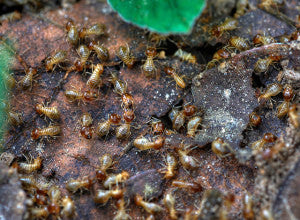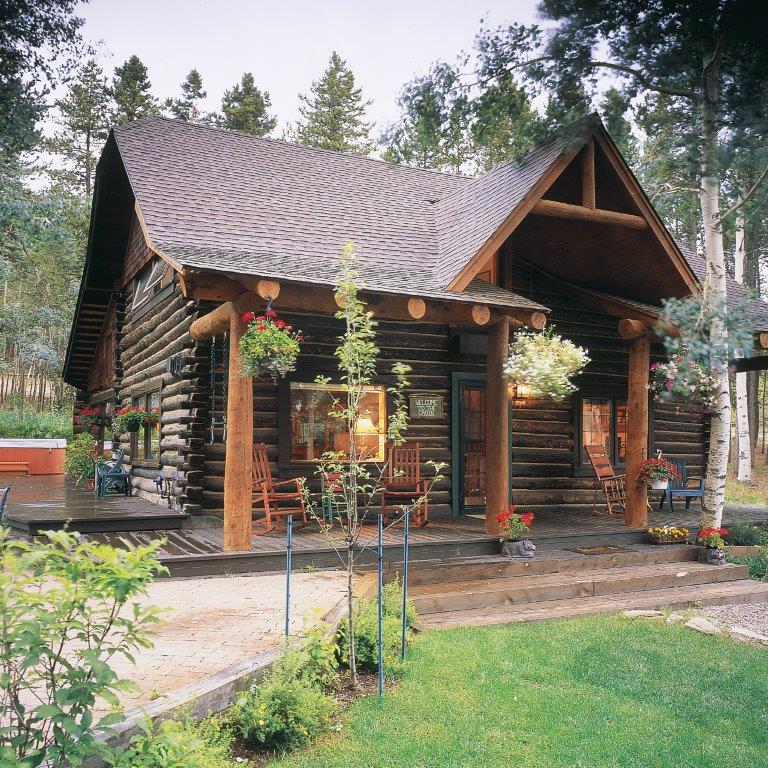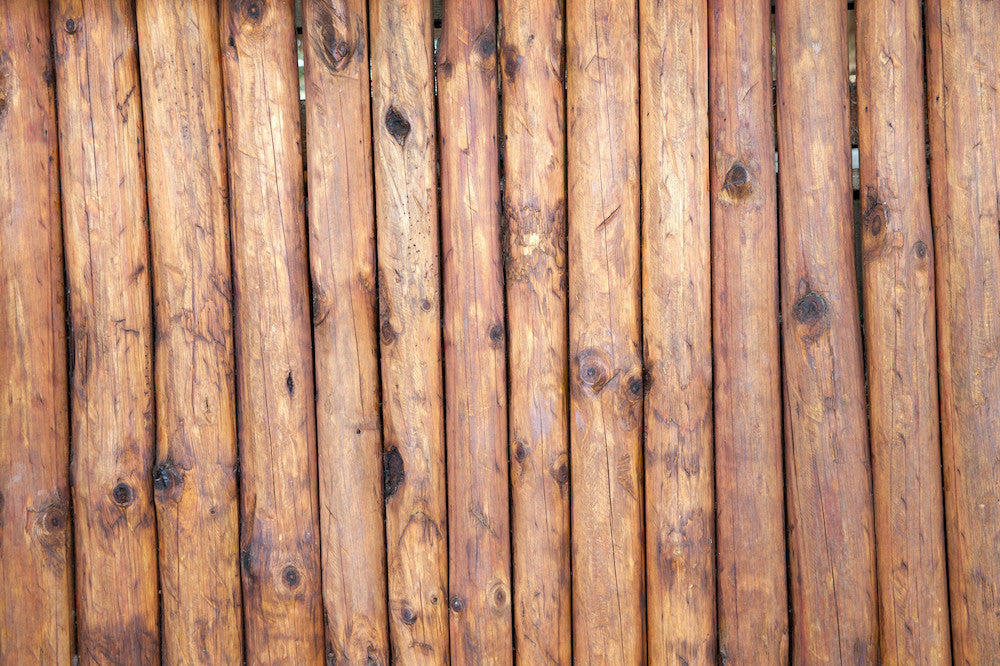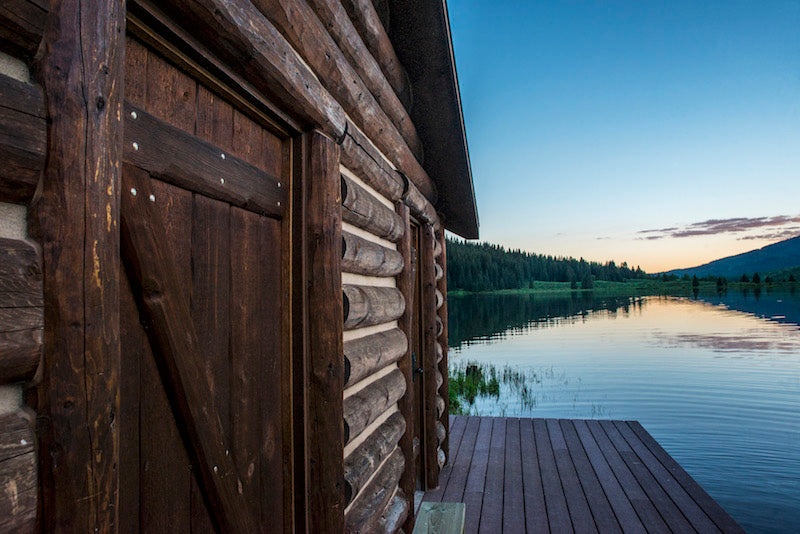What Are Borate Wood Treatments and How Do They Work?

After you’ve invested your hard-earned cash into a beautiful new wood project, whether it be a nice outside deck or maybe a new log home, it makes sense to protect it against wood-eating insects.
One of the most common and effective methods is to use a borate wood treatment. It is widely used in the construction industry to protect wood, framing, siding, studs and other wood materials.
A borate wood treatment is what is known as a biocide. It protects wood against fungi and rotting, and repels wood-eating pests such as termites and carpenter bees and ants. The beauty of borate is that it is derived naturally and is not harmful to the environment, people or pets. It can also be used on many different types of wood and in a variety of settings. It is the most common form of wood treatment in use today.
Boron Occurs in Nature
Borates are formed when the naturally occurring element boron combines with oxygen and other elements to form inorganic salts. Boron occurs naturally in trace amounts just about everywhere—soil, water, plants and animals. In its various forms it has many different industrial and commercial uses.
Borates are used in ceramics, glass and medicines. In agriculture it is used to enrich soil and improve crop yield. In fact boron is one of seven essential micronutrients needed to make plant life grow. Borates are also found in detergents, soaps and personal care products. Although boron occurs naturally in soil, finding deposits of high concentration for mining occurs only in areas where there is little rainfall. This is because borates are soluble in water. Deposits have been found in Death Valley, CA and Boron, CA as well as the Atacama Desert in Chile.
Application of Borate Treatment
Borates are able to repel wood eating insects by interfering with their digestive system, in effect killing them. Surviving insects will avoid the treated wood. In order to be effective, the borate treatment needs to not only cover the surface of the wood, but penetrate deeply to ensure adequate protection.
This means the borate needs to be applied only to bare wood that has not been stained or painted. The stains or paint will prevent the borate from soaking in and therefore offer no protection. It is also advisable to sand the surface of the wood before applying the borate, as this will make the surface more porous and allow for deeper penetration.
Keep in mind that borate treatments are only useful as a preventative measure against wood eating insects. If an infestation has already occurred and termite damage is present, the borate treatment will not be effective. For this reason it is advisable to treat the wood as soon as possible. Borate wood treatments are safe, effective, and affordable as well as widely available. You can find borate wood treatments from quality suppliers such as the Weatherall Company. So be sure to protect your investment in your wooden projects from termites and fungi by applying a borate wood treatment.
Image via Flickr by Aleksey Gnilenkov





